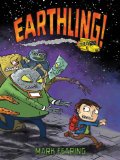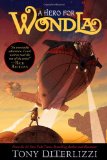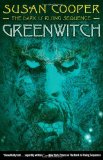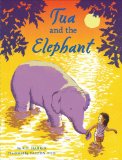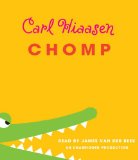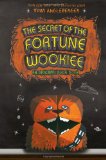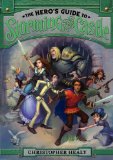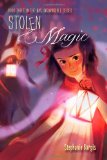Review of Lulu Walks the Dogs, by Judith Viorst
by Judith Viorst
illustrated by Lane Smith
Atheneum Books for Young Readers, 2012. 145 pages.
Another book about the irrepressible Lulu! She’s back, and although she no longer throws temper tantrums, “she’s still a girl who wants what she wants when she wants it.” In this book, she wants something that requires a lot of money, so she decides to start a dog-walking business. How hard could it be?
Actually, Lulu takes a whole chapter to decide her job. Here’s how it goes:
Well, maybe you already know and maybe you don’t. Because maybe Lulu first decided her jobs — or job — should be baking cookies, or spying, or reading to old people, and then those jobs did not turn out too well. And maybe instead of writing a chapter about how those jobs did not turn out too well, I’m moving right along to Chapter Four.
This book begs to be read aloud, especially with all the authorial asides, but it’s too long for storytime. It would make a fabulous bedtime book. The chapters are short, and it’s also a perfect beginning chapter book, with wonderful illustrations to entertain you as you go.
Lulu’s nemesis is Fleischman, the goody-goody boy down the block. So when walking the dogs doesn’t turn out to be as easy as Lulu thought, she above all doesn’t want to accept help from Fleischman, but that is her only recourse.
This book is about friendship and annoyingly perfect people and accepting help and lots of silliness about dogs who are sensitive about their names or only speak German, and it is a whole lot of fun.
lanesmithbooks.com
KIDS.SimonandSchuster.com
Find this review on Sonderbooks at: www.sonderbooks.com/Childrens_Fiction/lulu_walks_the_dogs.html
Disclosure: I am an Amazon Affiliate, and will earn a small percentage if you order a book on Amazon after clicking through from my site.
Source: This review is based on a library book from Fairfax County Public Library.
Disclaimer: I am a professional librarian, but I maintain my website and blogs on my own time. The views expressed are solely my own, and in no way represent the official views of my employer or of any committee or group of which I am part.
Please use the comments if you’ve read the book and want to discuss spoilers!

